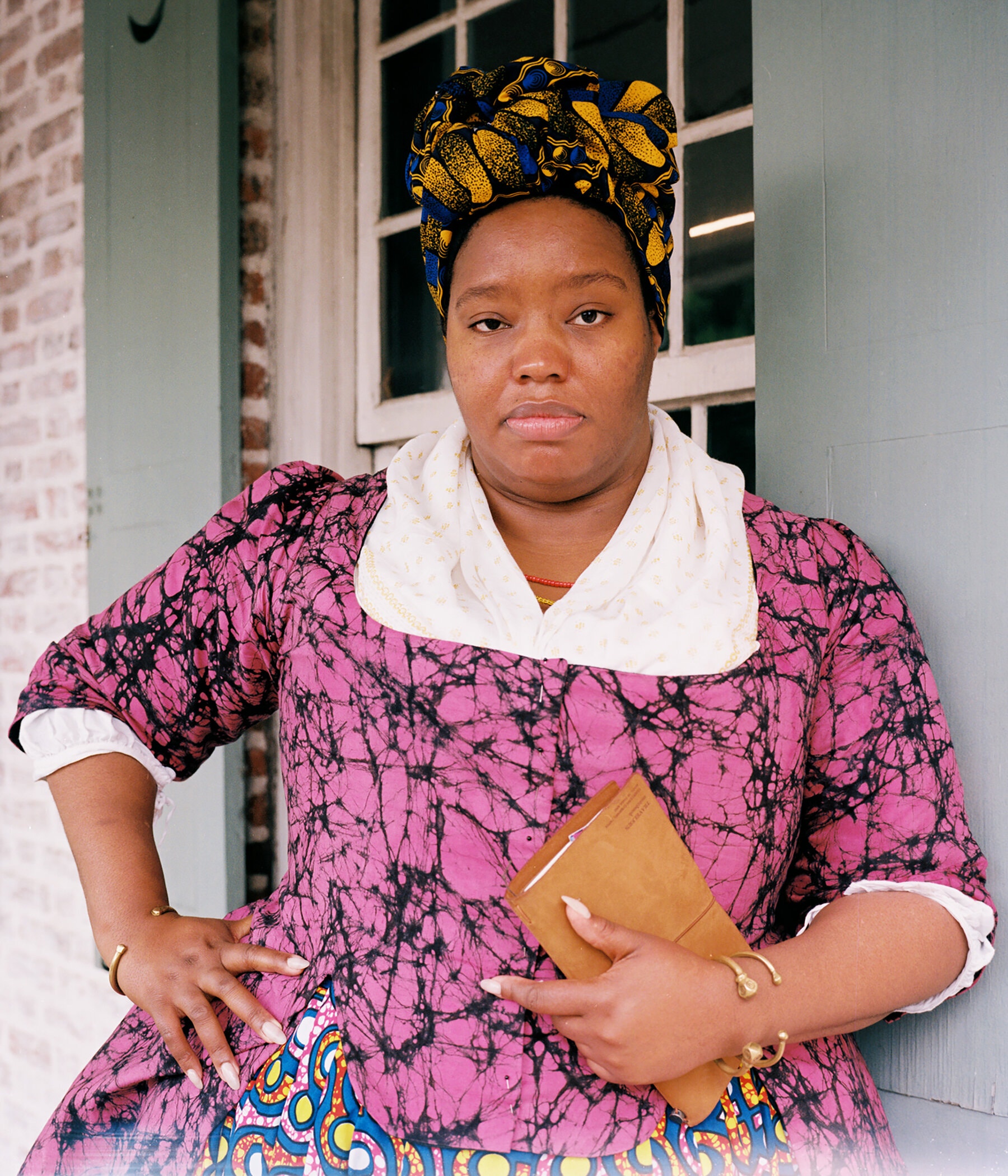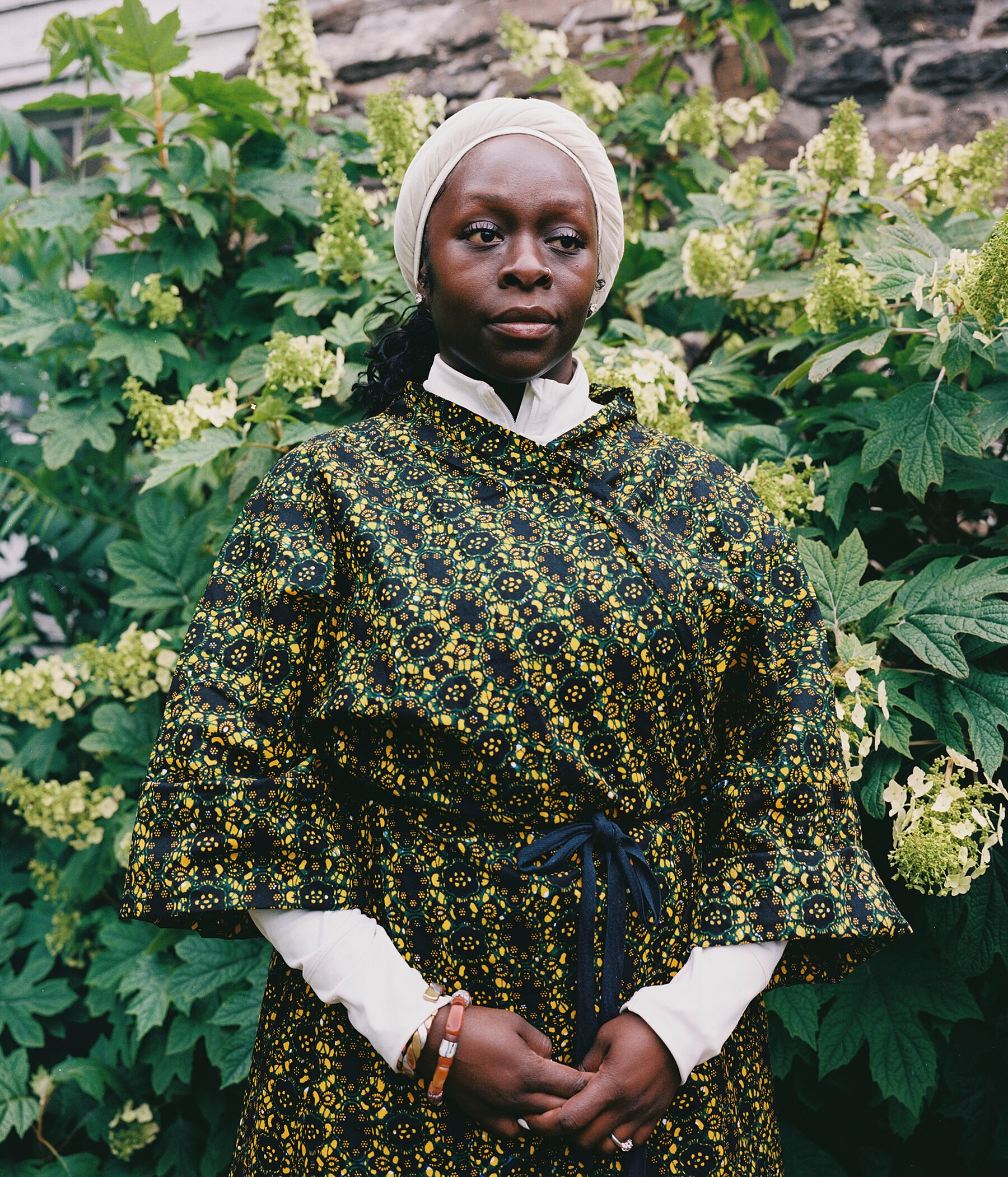Early last Saturday morning, about 15 festively dressed Black New Yorkers gathered outside the Dyckman Farmhouse Museum on 204th Street in Upper Manhattan. Women were wearing colorful prints and head wraps, and men had on loosely fitting white shirts and white or khaki pants. Accompanied by the beat of a drum and the clang of a cowbell, they began chanting to the tune of “Frère Jacques”: “Pinkster Stroll, Pinkster Stroll, here we go, here we go, ancestors smiling, ancestors smiling, we answered the call, we answered the call.”
Then the group set off on a seven-mile walk south, which ended at the New York Historical museum along 77th Street on the Upper West Side. The march was reminiscent of a sight New Yorkers might have witnessed some 200 years ago as people celebrated Pinkster, considered to be the oldest African American holiday.
Cheyney McKnight, who organized the recent Pinkster Stroll, likened historical celebrations of Pinkster to family reunions. They typically involved participants traveling together on foot or by boat to a location where, for several days, they would eat, dance, sing and crown a Pinkster King. “It was very joyful,” she said. “Very exciting.”


Pinkster, a Christian holiday celebrating the Pentecost, was originally brought to New York by the Dutch people who colonized the area. Its name, derived from a Dutch word, is also associated with that of the pink pinxter flower, which blooms in New York and across North America every spring.
Many of the Africans that were enslaved and brought to New York were also Christian (most came from Congo or Angola). Over time, they began celebrating Pinkster in their own way and, by the late 1700s, it had largely become an African American holiday. It was also the rare occasion when both enslaved and free Black people living in and outside New York City, Albany and other places could gather together.
→ Continue reading at The New York Times
